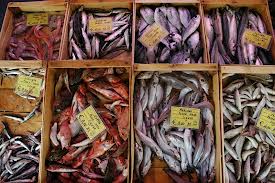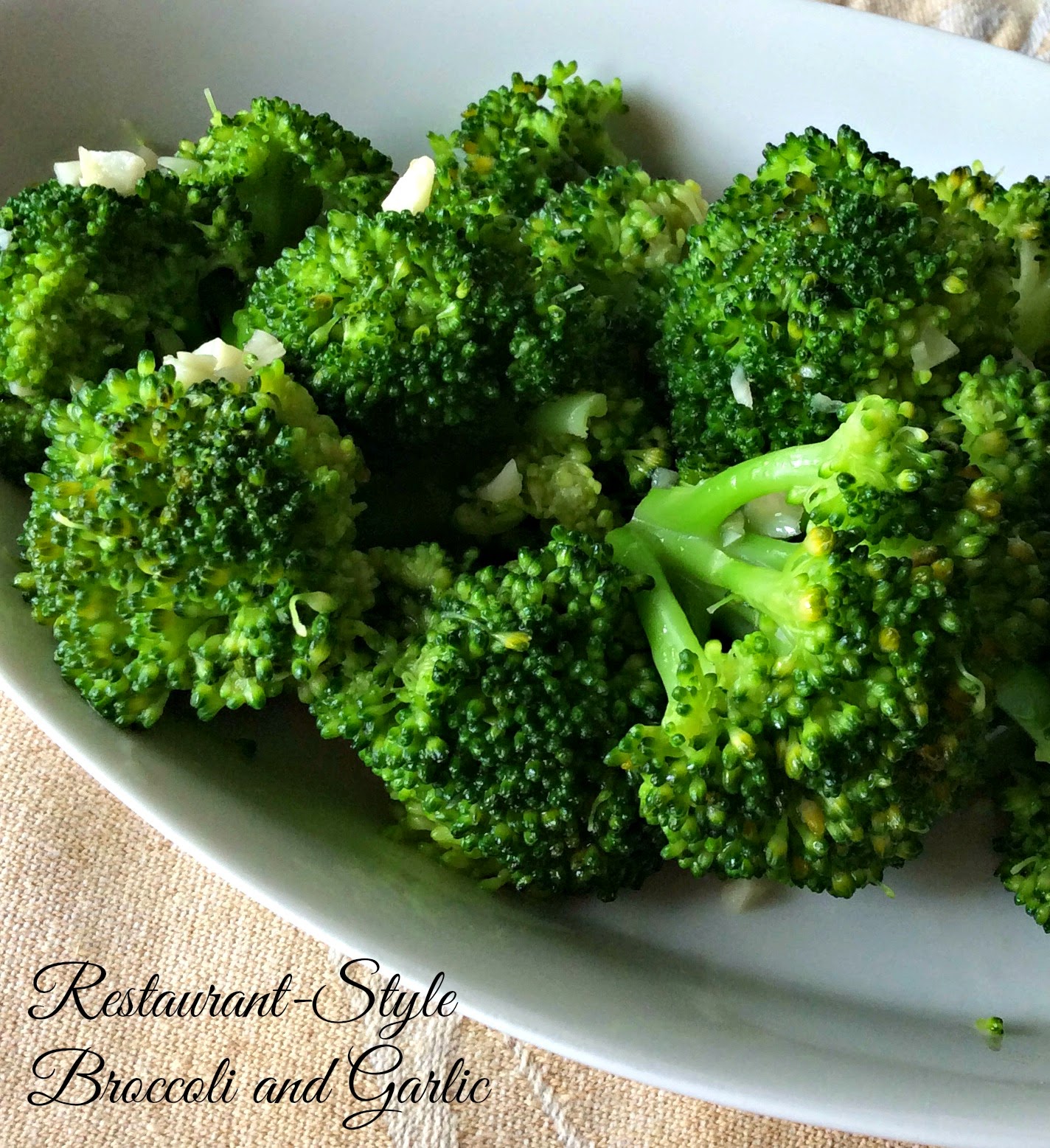Foods That Lower LDL (bad) Cholesterol
I suffered a major heart attack in December of 2009. As of my last doctor visit my cholesterol is higher than my doctor wants it to be. So I am on a mission to lower it. Because this is such an important issue for everyone on the planet, my thoughts were to share the information I found with all of you.
The script below is taken directly from The Harvard Medical School's Health Publication. The title of the report is 11 Foods That Lower Your Cholesterol.
The lentil dish I just posted is one example of ways to put good food into my body. I find nothing on this list [from the Harvard paper] that I do not like.
In addition to this list I found in my research that fish that is high in Omega Fatty Acids should be in my diet. However, I found only 2 or 3 from the list that I like. If you like more of them go for it. I asked my husband what kind of fish Mackerel is (as he is the fisherman in the family) and he said it is much like Blue Fish. Scratch that one off my list! Blue fish is too oily and for me I do not like the flavor. I love tuna but don't purchase it due to cost (other than canned for sandwiches) but the taste of fresh tuna is outstanding. Another fish I like in cooking and used in Caesar dressing are sardines. Halibut is an okay fish as well. Many people love salmon but I just can not get past the texture of it.
Here's the list I obtained from the Mayo Clinics website:
Different foods lower cholesterol in various ways. Some deliver soluble fiber, which binds cholesterol and its precursors in the digestive system and drags them out of the body before they get into circulation. Some give you polyunsaturated fats, which directly lower LDL. And some contain plant sterols and stanols, which block the body from absorbing cholesterol.
Oats. An easy first step to improving your cholesterol is having a bowl of oatmeal or cold oat-based cereal like Cheerios for breakfast. It gives you 1 to 2 grams of soluble fiber. Add a banana or some strawberries for another half-gram. Current nutrition guidelines recommend getting 20 to 35 grams of fiber a day, with at least 5 to 10 grams coming from soluble fiber. (The average American gets about half that amount.)
Barley and other whole grains. Like oats and oat bran, barley and other whole grains can help lower the risk of heart disease, mainly via the soluble fiber they deliver.
Beans. Beans are especially rich in soluble fiber. They also take awhile for the body to digest, meaning you feel full for longer after a meal. That's one reason beans are a useful food for folks trying to lose weight. With so many choices — from navy and kidney beans to lentils, garbanzos, black-eyed peas, and beyond — and so many ways to prepare them, beans are a very versatile food.
Eggplant and okra. These two low-calorie vegetables are good sources of soluble fiber.
Nuts. A bushel of studies shows that eating almonds, walnuts, peanuts, and other nuts is good for the heart. Eating 2 ounces of nuts a day can slightly lower LDL, on the order of 5%. Nuts have additional nutrients that protect the heart in other ways.
Vegetable oils. Using liquid vegetable oils such as canola, sunflower, safflower, and others in place of butter, lard, or shortening when cooking or at the table helps lower LDL.
Apples, grapes, strawberries, citrus fruits. These fruits are rich in pectin, a type of soluble fiber that lowers LDL.
The script below is taken directly from The Harvard Medical School's Health Publication. The title of the report is 11 Foods That Lower Your Cholesterol.
The lentil dish I just posted is one example of ways to put good food into my body. I find nothing on this list [from the Harvard paper] that I do not like.
In addition to this list I found in my research that fish that is high in Omega Fatty Acids should be in my diet. However, I found only 2 or 3 from the list that I like. If you like more of them go for it. I asked my husband what kind of fish Mackerel is (as he is the fisherman in the family) and he said it is much like Blue Fish. Scratch that one off my list! Blue fish is too oily and for me I do not like the flavor. I love tuna but don't purchase it due to cost (other than canned for sandwiches) but the taste of fresh tuna is outstanding. Another fish I like in cooking and used in Caesar dressing are sardines. Halibut is an okay fish as well. Many people love salmon but I just can not get past the texture of it.
Here's the list I obtained from the Mayo Clinics website:
- Albacore Tuna
- Sardines
- Halibut
- Lake Trout
- Herring
- Salmon
- Mackerel
Different foods lower cholesterol in various ways. Some deliver soluble fiber, which binds cholesterol and its precursors in the digestive system and drags them out of the body before they get into circulation. Some give you polyunsaturated fats, which directly lower LDL. And some contain plant sterols and stanols, which block the body from absorbing cholesterol.
Oats. An easy first step to improving your cholesterol is having a bowl of oatmeal or cold oat-based cereal like Cheerios for breakfast. It gives you 1 to 2 grams of soluble fiber. Add a banana or some strawberries for another half-gram. Current nutrition guidelines recommend getting 20 to 35 grams of fiber a day, with at least 5 to 10 grams coming from soluble fiber. (The average American gets about half that amount.)
Barley and other whole grains. Like oats and oat bran, barley and other whole grains can help lower the risk of heart disease, mainly via the soluble fiber they deliver.
Beans. Beans are especially rich in soluble fiber. They also take awhile for the body to digest, meaning you feel full for longer after a meal. That's one reason beans are a useful food for folks trying to lose weight. With so many choices — from navy and kidney beans to lentils, garbanzos, black-eyed peas, and beyond — and so many ways to prepare them, beans are a very versatile food.
Eggplant and okra. These two low-calorie vegetables are good sources of soluble fiber.
Nuts. A bushel of studies shows that eating almonds, walnuts, peanuts, and other nuts is good for the heart. Eating 2 ounces of nuts a day can slightly lower LDL, on the order of 5%. Nuts have additional nutrients that protect the heart in other ways.
Vegetable oils. Using liquid vegetable oils such as canola, sunflower, safflower, and others in place of butter, lard, or shortening when cooking or at the table helps lower LDL.
Apples, grapes, strawberries, citrus fruits. These fruits are rich in pectin, a type of soluble fiber that lowers LDL.










Comments
Post a Comment